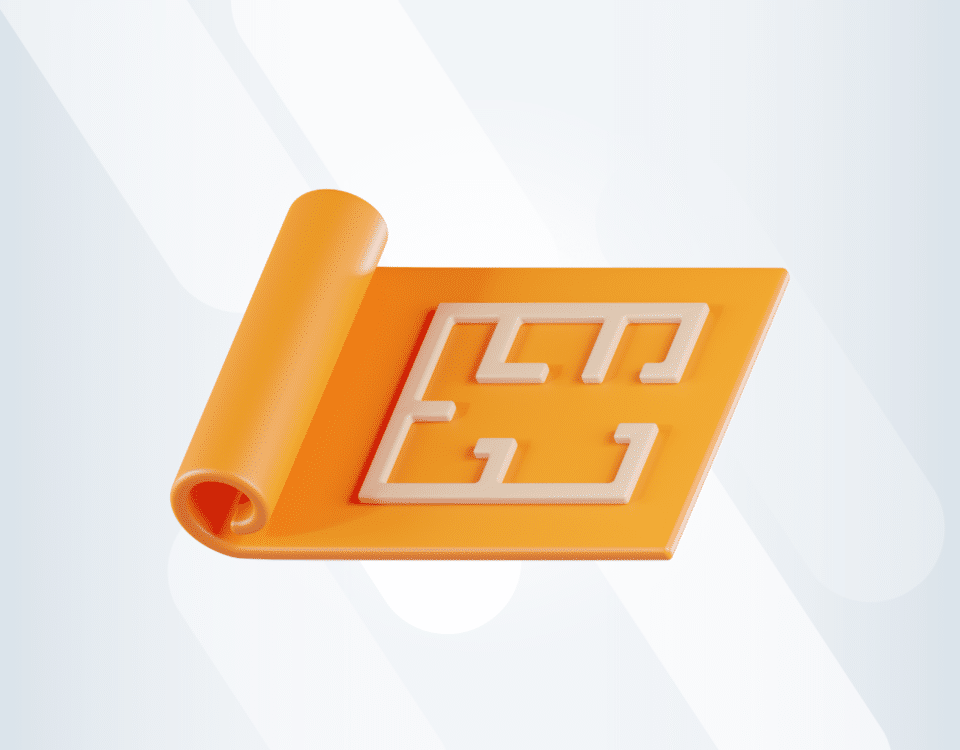Construction Tips, News & Best Practices
New Methods of Construction
Offsite Manufacturing and Offsite Construction
What exactly is offsite manufacturing and offsite construction? Is it really safer, quicker and cheaper compared to traditional construction methods? Let’s take a look at one of the main construction trends in 2020!
What is the offsite construction?
It refers to various activities like manufacturing, planning, design or fabrication. What makes this technique unique is the fact that these processes are made in different locations than the final destination. After the production process, they are transported to the construction site and combined with the rest of the parts. Offsite manufacturing is similar to modular construction, but the first one is focused more on creating a permanent structure, while some of the modular buildings can be relocated.
Offsite methods in the UK became popular after World War I when many citizens needed to rebuild their houses, but the country was affected by labour and materials shortages. Although this technique was faster and cheaper, till World War II, only 5% of homes were built using offsite manufacturing. The market is slowly changing and starts to appreciate all the benefits that come with offsite construction and offsite manufacturing.
The Benefits of Using Offsite Manufacturing:
Time saved
“Time is money”; this quote strongly applies to the construction industry, where every day of delay has an impact on the final cost of the project. The year 2020 (coronavirus pandemic and its effects on the construction industry) showed us that even despite good preparation and experience, there are factors beyond our control that may affect our project. Offsite construction tries to eliminate such problems as the project is divided into smaller processes made by separate teams. Also, many parts of a building can be done at the same time, what speeds up the entire project.
Lower cost and higher quality
Modular construction and offsite construction both have the advantage of completing things quicker than in traditional ways. Thanks to that, to the same process, you can use less workforce or complete the tasks much faster. Such improvement gives companies more profit and saves money, that can be invested in high quality, professional construction management solutions that help to manage the whole company.
Environmental impact
The modern world focuses more and more on being more eco-friendly. By implementing sustainable construction technologies and focusing on green building, we can support the environment to ensure a better life for future generations, many times saving money. According to the researchers, new methods of construction can reduce construction time by 60%, cut waste arising from timber formwork and concrete works by 74–87% and limit energy usage on-site by 80%. It’s a win-win situation for both construction companies and the environment!
Noise under control
Noises from the construction site are never pleasant. Councils must look into complaints about noise that could be a ‘statutory nuisance’ (covered by the Environmental Protection Act 1990). Thanks to moving some processes outside the final destination, we can significantly reduce the noise and air pollution. Also, there’s no need to move machines from one place to another, which saves the cost and time of the transportation process.
Challenges for New Construction Methods
-
The false, negative image
Because new methods of construction in the UK started from a housing problem, many people still associate this methodology with cheap bungalows and questionable quality. Luckily, the image is slowly changing in the UK but also in other parts of the world. For example, in Sweden, at least 45% of new housing is produced using some form of offsite methods! The more companies decide on using offsite methods of construction - the more those methods are popular and desirable. -
Regulations
Until recently, local state government and the banking systems had laws and procedures that were not up to date with the offsite construction, what had been preventing this market from growth. However, the WPI Economics’ report in 2017 suggested that offsite investments significantly helped in the UK’s economic growth. Moreover, the government stated that they would invest in supporting the modernization of the sector into more offsite techniques. It was a huge step towards change in the industry. -
Risks
All construction projects in the industry are connected with risks (health and safety included). They may concern various things like materials, deadlines or procedures. That’s why many companies hesitate to invest in new construction methods, seeing them as potentially risky. Luckily, this mindset is slowly changing and now modular and offsite construction are even expected to be one of the trends that will shape the construction industry in the 20s. -
Project management
Managing different processes that require various actions, workforce and materials, may look like an impossible task. If you want to use traditional methods of project management, it will surely be hard to control. However, nowadays we can count on innovative solutions and professional project management software that allow you to oversee and manage all parts of your production process. Using tools such as cloud-based management systems is a smart move to improve your company’s performance..
What’s your opinion on offsite manufacturing and offsite construction methods? We believe that it’s time for the manufacturing industry to use this opportunity and invest in new methods of construction that will bring endless benefits long-term. The construction industry is a second least digitalized industry, and this can be one of the possibilities to change that!
You might also like
February 29, 2024 • 7 min read
Utilizing the human-first approach to construction projects to drive higher results.
July 3, 2023 • 6 min read
8 Best Construction Drawing Management Software (2023): A Comprehensive Guide
Find all the information you need about the construction drawing management software tools available on ...June 14, 2023 • 6 min read
The 11 Best PlanGrid Alternatives (2023)
Looking for a great alternative to PlanGrid software? Check out the 11 best construction software tools ...June 14, 2023 • 4 min read
How to win at CIS 340 and make taxes a breeze
CIS 340 is a legal obligation for contractors. But getting it right isn’t straightforward. Want ...





